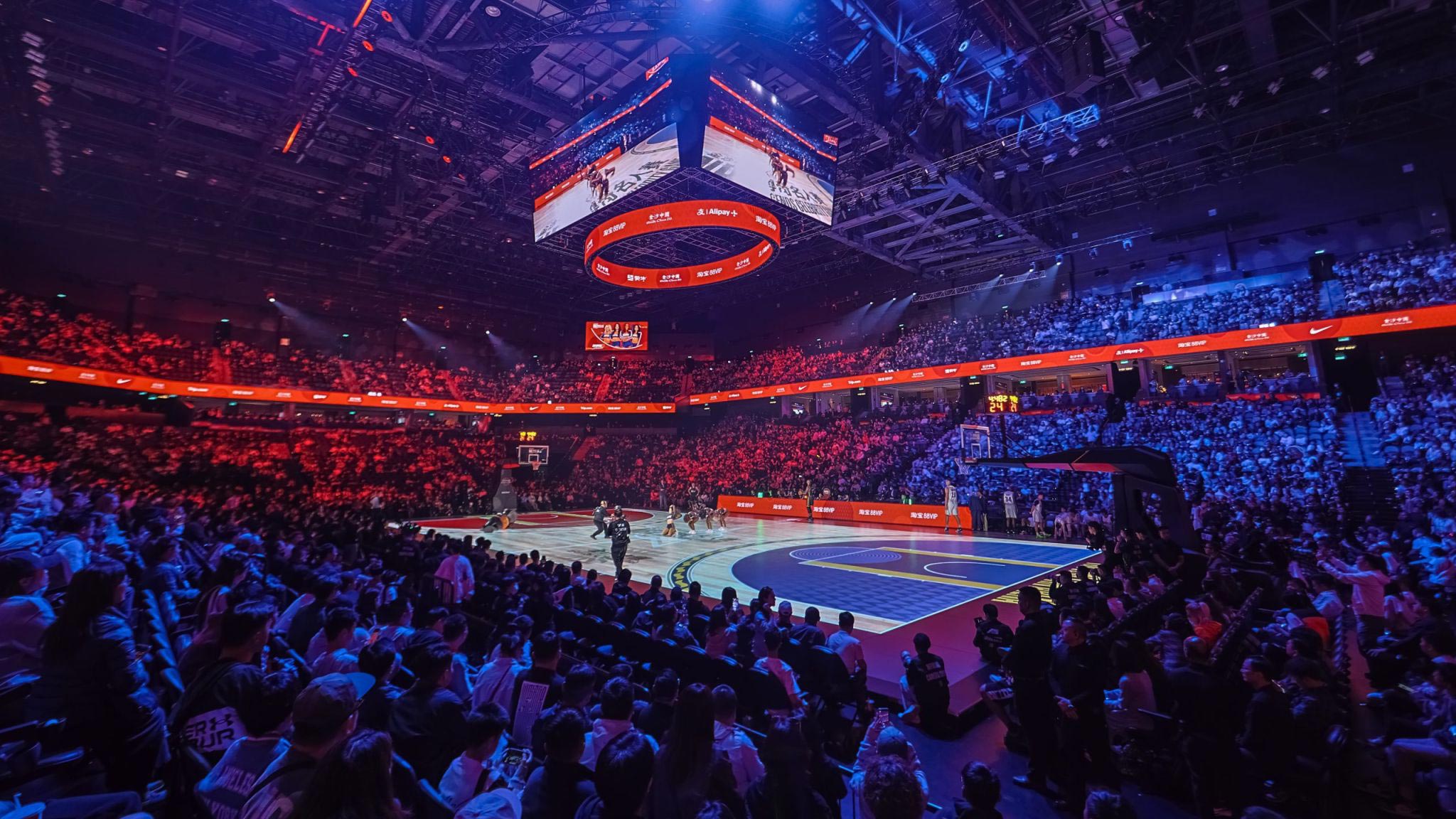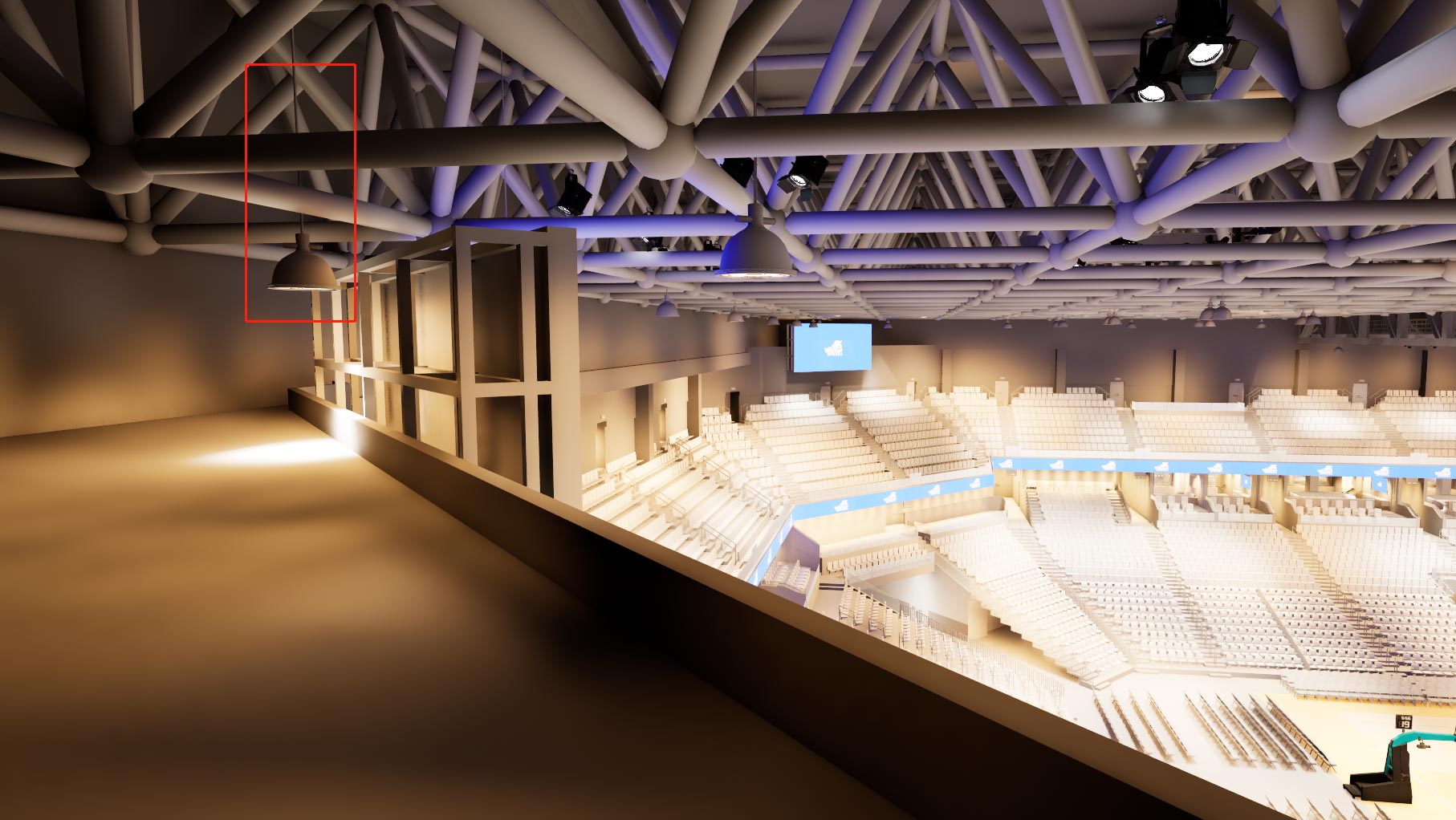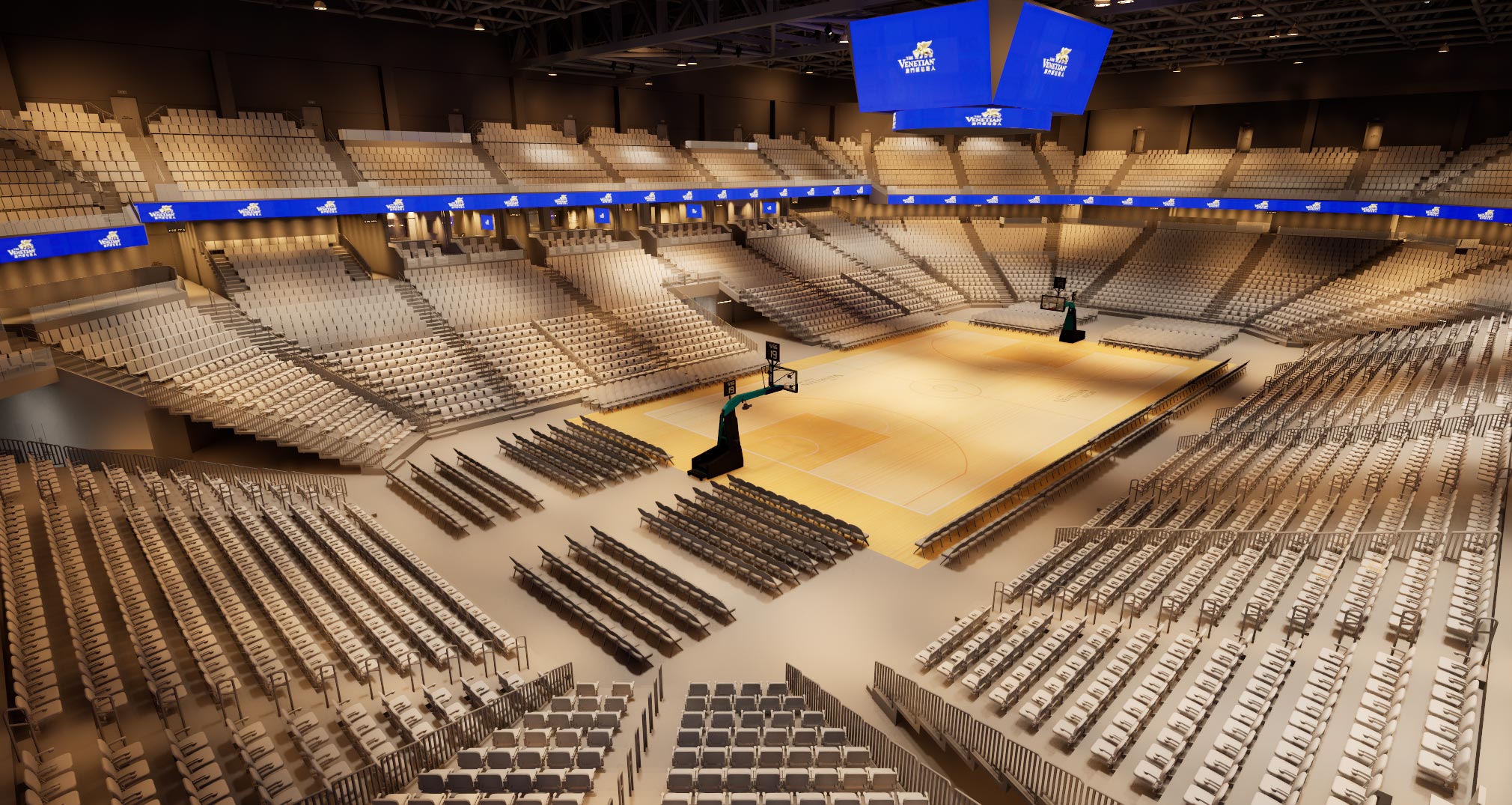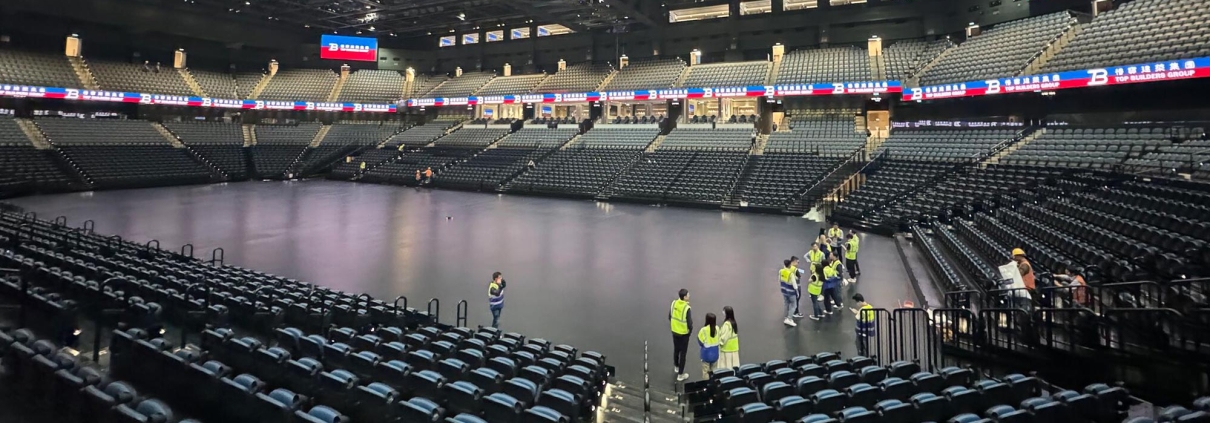Virtual Reality Guaranteed On-Time Delivery of the Venetian Arena Macau
The newly reopened Venetian Arena in Macau is already making headlines as one of Asia’s premier entertainment destinations. With a seating capacity of 14,000, adaptable retractable seating systems, VIP suites, world-class lighting and sound technology, and NBA-ready hospitality, the arena sets a new benchmark for large-scale venue design.
Behind its speed, precision, and seamless execution lies a story of innovation — one in which virtual reality played a critical role. At Moøkan, we are proud to have been part of that process from the early design phases, offering real-time immersive technology to support collaboration, accelerate decision-making, and reduce uncertainty long before construction began.

Image courtesy of Sands Group.
Real-Time Virtual Collaboration from Day One
Large architectural projects often bring together dozens of teams: architects, engineers, interior designers, lighting consultants, acoustics experts, contractors, client stakeholders — each with their own priorities and perspectives. In this complex web, miscommunication and conflicting assumptions are among the biggest threats to efficiency.
Our approach centered around removing ambiguity. Using a fully immersive VR environment built from detailed 3D models, we provided all parties with a shared space to explore, evaluate, and align. Every revision, every viewpoint, every critical junction could be tested and experienced in real time. From retractable seating layouts to lighting coordination, circulation flows, stage rigging, and audience views — everything was reviewed in a single cohesive simulation.
Instead of waiting for static renders, PDFs, or long coordination meetings, teams could walk through the space as if it were already built. That immediacy led to faster approvals, earlier conflict detection, and a stronger sense of clarity throughout the process.
A Project with No Room for Delays
One of the most remarkable aspects of the Venetian Arena’s transformation is the pace. From strip-out to full fit-out, the construction lasted just ten months — a record timeline given the technical complexity, scale of upgrades, and level of finish required.
That speed was made possible by deep coordination between all project partners, with virtual design review at its core. By identifying potential issues in the planning phase — before physical work began — the teams avoided costly changes during construction. That included everything from technical conflicts in lighting and rigging, to fine-tuning design elements for hospitality areas.
We helped ensure that what was being drawn could, in fact, be built — and that what was being imagined would, ultimately, meet the client’s expectations.

Reducing Surprises, Increasing Certainty
Traditionally, even well-coordinated projects can run into roadblocks once construction begins. Unexpected clashes between MEP systems, aesthetic design changes, or overlooked accessibility issues can cause delays and cost overruns. In high-stakes projects like this one — where global events, artists, and media coverage are already scheduled months in advance — surprises aren’t just inconvenient. They’re unacceptable.
Thanks to our immersive workflows, surprises were minimized. Virtual walkthroughs allowed for early testing of lighting atmospheres, circulation patterns, hospitality interactions, and more. The simulation also gave non-technical stakeholders — such as marketing, event planning, and executive decision-makers — the tools to contribute meaningfully, reducing misunderstandings between intent and execution.
Building Trust with Immersive Clarity
Beyond the technical side, one of the most underestimated advantages of VR in architecture is how it builds trust. For clients and investors, being able to step into a future space brings confidence. It transforms abstract concepts into tangible experiences.
At Moøkan, our goal wasn’t just to build a beautiful simulation — it was to offer a clear window into the future of the project. Every update, every detail added to the model helped refine that vision and bring it closer to reality. With every VR review session, alignment improved and expectations became more grounded.
That trust is what fuels collaboration, reduces revisions, and enables bold decisions to be made without hesitation.

A New Benchmark in Asia
Today, the Venetian Arena is more than a completed project — it’s a living, breathing space ready to host major international events, concerts, and sports games. Its transformation has been widely covered, and it now serves as a model for other high-end venues across the region.
For us, it’s a powerful example of how immersive technology can support not only design and communication, but execution. The arena is proof that VR is no longer a “nice-to-have” — it’s an essential tool in delivering projects with speed, quality, and certainty.
We are proud to have contributed to this success alongside outstanding partners across architecture, interior design, construction, and project management. And we look forward to bringing this same clarity and impact to future large-scale developments around the world.
At Moøkan, we believe virtual reality isn’t just about seeing the future — it’s about building it better.
Image courtesy of Top Builders Group.

 Image courtesy of Top Builders Group.
Image courtesy of Top Builders Group.
 Image courtesy of Epic Games / Unreal Engine.
Image courtesy of Epic Games / Unreal Engine.